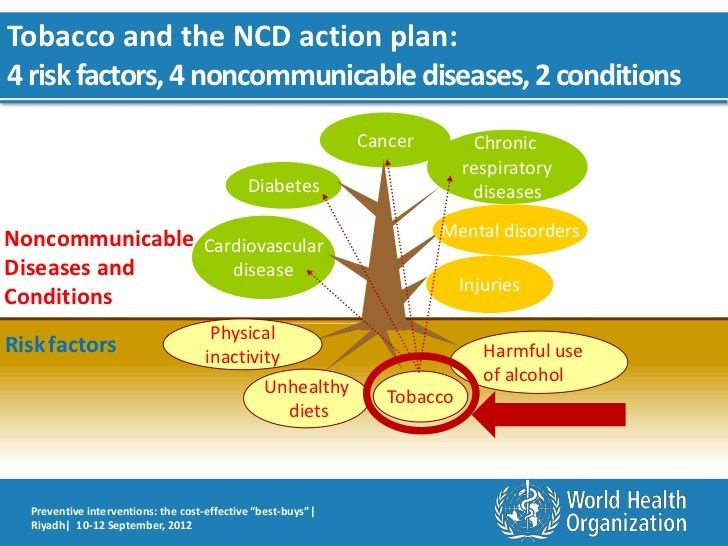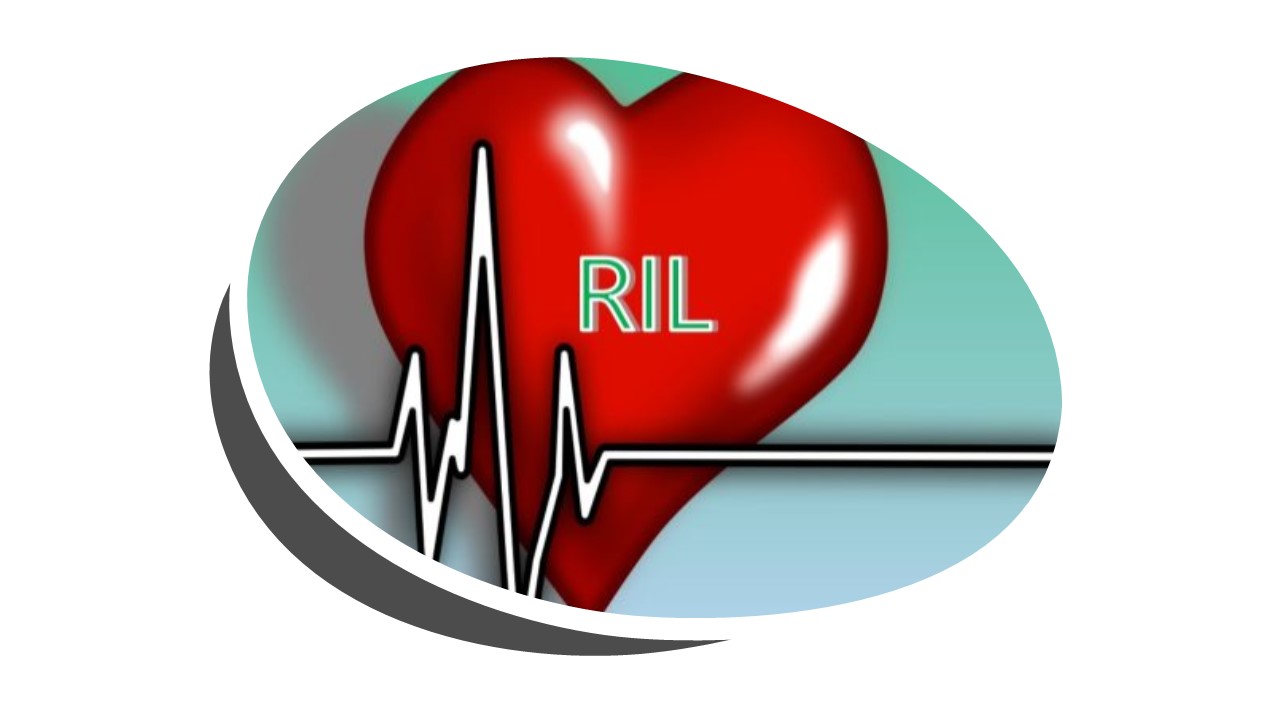

Disease, illness and sickness are often interchangeably. Disease could be referring to a specific condition or pathological state of a person. Health is define as a state of complete physical, mental and social well-being of individual and not merely the absence of disease or infirmity W.H.O (1948) while illness or sickness is describe as a state that we recognize as distinct from healthy. Health is affected by the social conditions in which people live and work. Poor social conditions and poverty increase the risks of illness and diseases (Pitt and Philip, 1998). The social causes include poor sanitation, nutritional deficiencies, violence and accidents, poor water supply, little or no access to health services, lack of safety at work, environmental pollution, stress, and travelling patterns etc.
Naidoo, & Wills, 2005 states how poor environmental conditions could be of an effect to our health. Health and illness behaviors are associated with level of quality of life and disability, patterns of illness, and risk of death (Blaxter, 1990).Biomedicine determines the classification of the word illness on individual . However, the behaviors that importantly shape individuals’ experiences of sickness or wellness, and life or death, are based on biopsychosocial perspective. The position of individuals’ life histories, their personality characteristics and social experiences, and their social positions determine their health and illness behaviors (Wilkinson, 2003)
Health and illness behavior emphasis more on preventive measures and the positive steps people take to enhance their physical well-being and vitality. Becker (1974) stated traditionally, work in health behavior was focused on the use of preventive services such as immunizations, medical checkups, hypertension screening lung function test.
The society perception about health and illness are influence by following factors such as motivation, instructions, context and expectations. Cultural factors, reward, emotion, past experience and individual differences also influence people’s perception of illness. The social, shared dimension of illness means that a person’s status as ill depends on how people react to the manifestation of their symptoms (Laverack, 2007). Symptom of illness are influenced by personal experience or observation of others, influence of the media e.g. television and news papers, cultural influences, influence of gender and family influence. However, many symptoms are never presented to a clinician, instead the illness discussed, treated, cured or accommodated in the sufferer’s local non medical environment.
The two rights identifies by sick role includes the exemption from normal social role and from responsibility and two obligations which require a sick person to get well as soon as possible and to consult expert medical opinion. A temporary withdrawal from employment, leisure activities and voluntary service can be justified on the ground of illness (parsons, 1951). Stigma is a symbolic quality that can be seen in people who are not able to maintain a credible social identity (Goffman, 1968). When illness is viewed as potentially stigmatizing it explain some of the difficulties of experiencing illness.
REFERENCES
Blaxter, M (1990) Health and Lifestyle. London: Tavistock/Routledge.
Laverack, G (2007) Health Promotion Practice; a critical approach. Bristol: Polity Press.
Naidoo, J and Wills, J (2005) Public Health and Health Promotion. London: Bailliere Tindall.
Pitts, M. and Philips, I.K (1998) The Psychology of Health 2nd edn. London: Routledge.
Wilkinson, R. The Social Determinant of Health; The solid fact, 2nd edn. W H O Europe, Copenhagen.

